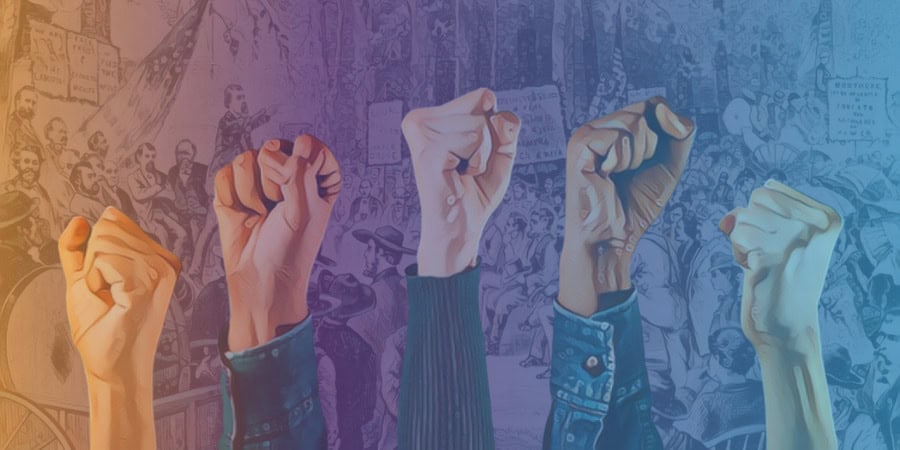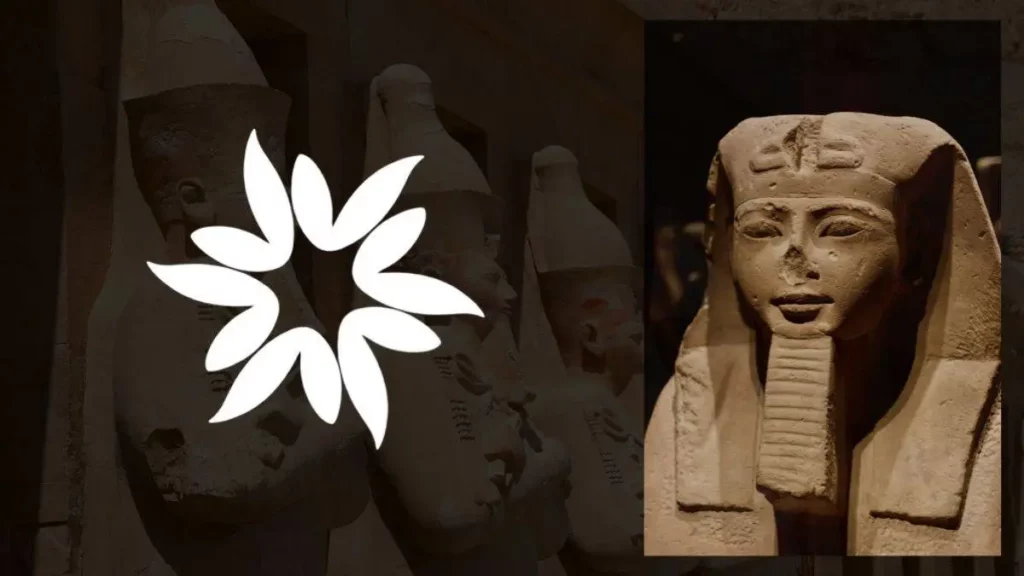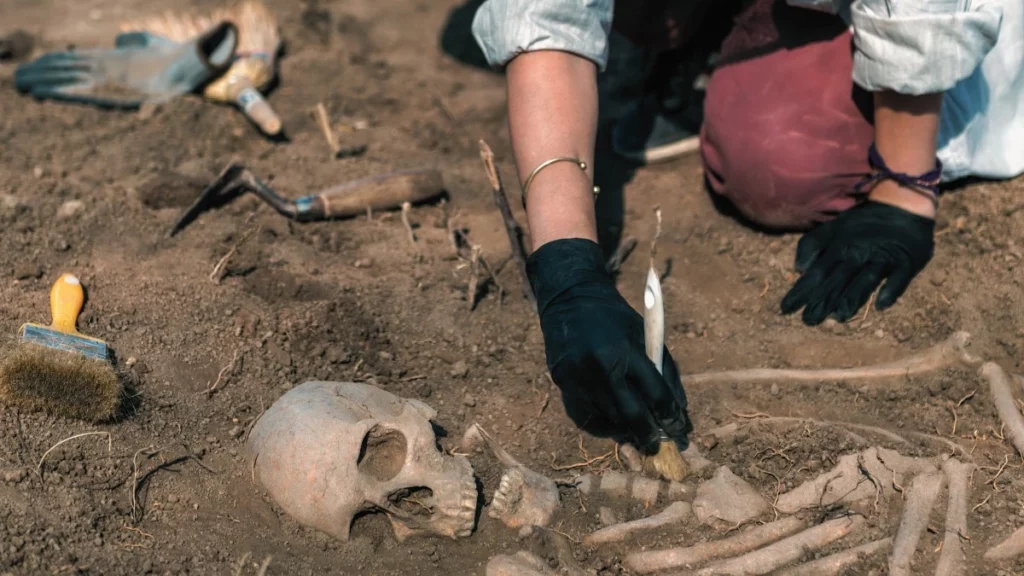Key Takeaways
- Populism originated as a progressive movement in the late 19th century, born out of resistance against corporate power and the exploitation of farmers and laborers by monopolies.
- The Populist Movement drew support from diverse groups such as farmers, labor unions, suffragettes, and reformers, advocating for economic reforms and political changes to address inequality and concentrated power.
- While the Populists didn't achieve all their goals nationally, their impact transformed the political landscape and paved the way for subsequent progressive movements in America.
- Today's understanding of populism often overlooks its progressive roots and associates it primarily with far-right movements, demonstrating a shift in public perception over time.
- Contemporary populism differs from the historical movement, often being leader-centric, lacking clear policy stances, and emphasizing the people as the 'experts'.
- The structural factors that fueled the recent "populist explosion," such as rising inequality and the erosion of civil society, are likely to be further influenced by the COVID-19 pandemic.
- Despite misunderstandings, populism remains relevant due to persistent issues of inequality, labor precarity, and power imbalances in capitalist societies.
Understanding Populism’s Origins
Populism’s origins date back to one of America’s most influential progressive movements, 130 years ago. Far from the divisive, right-wing association it has in contemporary media, the term “populism” was first used to describe a grass-roots movement that resisted corporate power to preserve democracy.
Born out of the People’s Party in 1892, this movement emerged as a response to the growing influence of the “Robber Barons” of that era. These individuals, who controlled new technologies like railroads, electricity, and mechanized crop harvesting, amassed colossal fortunes while many workers earned less than $10 a week.
Farmers and farm laborers, who constituted more than 40 percent of the labor force at the time, were being oppressed by railroad monopolies and money lenders, resulting in a collective anger that threatened unfettered capitalism. Recognizing the Democratic and Republican parties’ alignment with the monopoly capitalists, the Populists created a new political movement.
The Populist Movement and Its Legacy
This new movement drew support from a broad base, including the Farmers Alliance, the American Railway Union, the women’s suffrage movement, Christian Socialists, the United Mine Workers, and utopian reformers. It was a multiracial movement, especially in the South, where African Americans served on the party’s state executive committees in Texas, Louisiana, and Georgia.
The Populists had clear economic and political goals. They advocated for farmer-owned cooperatives and public ownership of railroads, utilities, and other natural monopolies. They called for postal savings banks and low-cost federal loans for farmers and workers. They wanted recognition of farm organizations and labor unions. Importantly, they sought to abolish the Gold Standard and expand the money supply with government-issued bills and silver coinage.
While the Populists did not achieve their goals nationally, they made a significant impact, transforming the political landscape in America. This was evidenced by the subsequent emergence of progressive movements in both national parties. The watershed moment came in 1896 when William Jennings Bryan won the Democratic Party nomination for president on a pledge to regulate the railroads and expand the money supply with silver.
Born out of the People’s Party in 1892, this movement emerged as a response to the growing influence of the “Robber Barons” of that era. These individuals, who controlled new technologies like railroads, electricity, and mechanized crop harvesting, amassed colossal fortunes while many workers earned less than $10 a week.

Contemporary Misunderstanding of Populism
The original Populist movement was a progressive, broad-based movement with clear policy plans and distinct policy legacies. However, today’s understanding of populism has shifted significantly. Mainstream media often confuses populist sentiment with the far-right, overlooking its origins in progressive, democratic movements.
Historian Anton Jäger notes this shift in perception, pointing out how public understanding of populism has evolved from being mildly descriptive to deeply condemnatory over the years. He emphasizes that the original Populists were hardly ‘backward’, with a clear focus on the economic and political realities of the time.
Populism in Today’s Context
Today’s populism differs significantly from the historical Populist movement. It is often leader-centric, top-down, and averse to organization. It has a vague stance on policy and programme and is more focused on the people as the ‘experts’.
Jäger suggests that the structural factors that ignited the “populist explosion” in the 2010s, such as rising inequality, a growing void in civil society, and parties’ sheltering in the state, are likely to be exacerbated by the COVID-19 pandemic.
The Enduring Relevance of Populism
Populism, as originally conceived, was a progressive movement rooted in the economic and political realities of its time. Its relevance today, though often misconstrued, remains due to the persisting issues of inequality, precarity of labor, and the imbalance of power in capitalist societies. The populist movement continues to be a key topic in political thought, with scholars like Anton Jäger focusing on its historical roots and its trajectory into the modern era.








